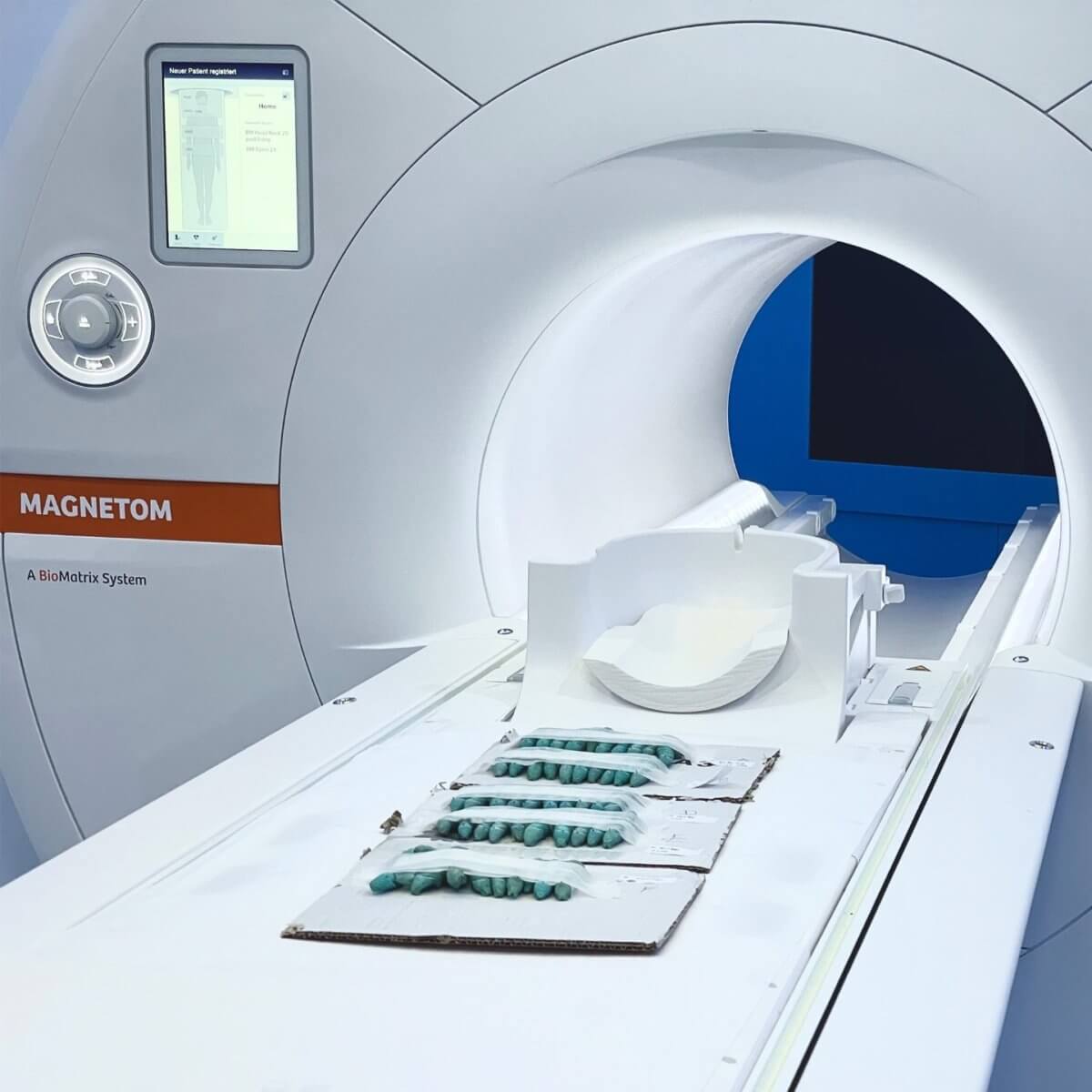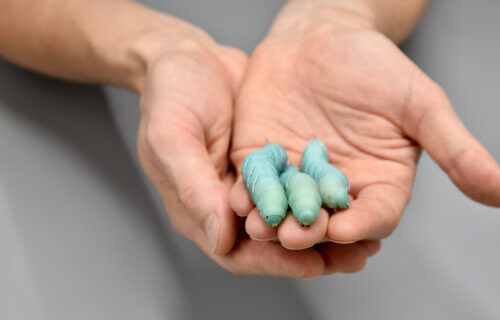NEW YORK — Science uses animal models to understand diseases and experiment on new treatments before testing them on humans. The most common animals used in biomedical research are rodents, but a new study suggests a better model is the tobacco hornworm caterpillars.
Scientists at Memorial Sloan Kettering Cancer Center are testing different nonmammalian alternatives to limit the number of rats and mice used in research. The study authors suggest that swapping rodents for caterpillars can help lower expensive lab costs and, without needing to wait as long for rats to grow up, also may speed up testing and receiving results.
Tobacco hornworm caterpillars have a high degree of evolutionary conservation. In this scenario, the gut of caterpillars has a close resemblance to the structure and physiology of the human gut. The tobacco hornworm caterpillar has a gut similar to one long bowel, making it a great model for studying inflammatory bowel disease, argue the study authors. Since 75% of known human disease-causing genes have related genes in insects, the caterpillar could expand to other preclinical research, including cancer, diabetes, neurodegeneration, and infection.
Another proposed alternative to caterpillars is using nematodes. These earthworms are similar in length to a staple and are already used in other research fields. However, the study finds they might be too small to examine with medical scans. Tobacco hornworm caterpillars, on the other hand, are large enough to be examined with the same medical imaging tools—CT, MRI, and PET scans—used in human patients. Medical imaging is essential for looking at bowel inflammation.

Caterpillars are a potential resource, but are they needed? According to Dr. Jan Grimm, a radiologist and nuclear medicine physician and study coauthor, the answer is a resounding yes. The reason dates back to a common problem in science: overusing the number of animals in studies. Using more mammals than you need is costly and contributes to the amount of distress they experience during trials.
Another reason for their necessity is that there are many protocols scientists need to follow before starting a new experiment in a rat or mouse model. As a result, this can take months to get approved. Since caterpillars are invertebrates, the study authors expect the amount of paperwork to start the trial to decrease.
“One can just design the experiment and then do it, significantly speeding up the research. The caterpillars are happy in a plexiglass container with some fresh leaves and wet paper towels. This allows us to test out new hypotheses quite rapidly,” says Grimm in a statement.
The study is published in the journal Nature Communications.

And when the experiments are done the woke will rush to eat them.
You don’t seem to know what “woke” means.
Can you define it for us? No… Didn’t think so.